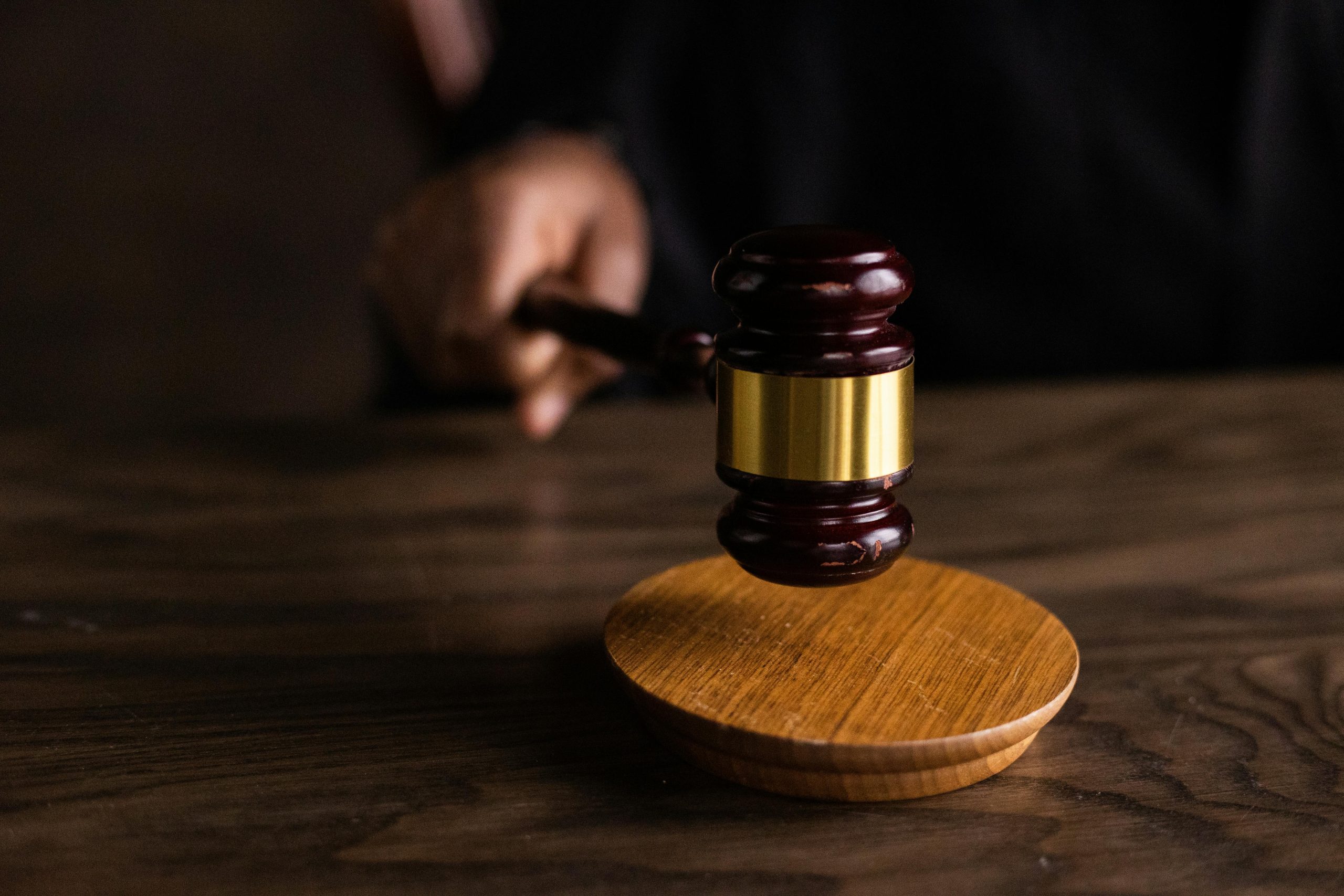
Case update: Naaman v Jaken Properties Australia Pty Ltd [2025] HCA 1
The High Court’s first decision for 2025 is of great significance for the law of trusts. The High Court held, by a 4:3 split decision, that a successor trustee does not owe a fiduciary duty to a former trustee in respect of:
- the entitlement of the former trustee to indemnification out of the trust assets; or
- the commensurate beneficial interest that the former trustee has in the trust assets.
Background
A trustee has an entitlement at common law and in equity to be indemnified from trust assets for expenses and liabilities that it has properly incurred in the administration of the trust. When there is a change in trustee, and title in the trust assets has passed from one trustee to another, the former trustee loses the ability to deal with those assets. However, the former trustee does not lose the right to be indemnified from those assets.
The pertinent question in this case is whether the new trustee owes a fiduciary obligation to the former trustee in respect of that right of indemnity or interest in the trust assets.
Mr Anthony Naaman (Naaman) was a judgment creditor of a former trustee and was subrogated to the former trustee’s entitlement to indemnification. Jaken Properties Australia Pty Ltd (Jaken) was the successor trustee and, during its time as the successor trustee, Jaken transferred the trust assets to third parties (Third Parties) leaving insufficient trust assets to satisfy the former trustee’s entitlement to indemnification. Naaman sought relief in the Supreme Court of New South Wales to enforce his judgment debt by claiming that Jaken’s transfers of trust assets to the Third Parties were part of a dishonest and fraudulent design in breach of the fiduciary obligations owed by Jaken to the former trustee. It was crucial for Naaman to establish this relationship, so that he could obtain orders against the Third Parties who had received the trust assets.
Decisions
At first instance, the Supreme Court of New South Wales determined that a successor trustee owes a former trustee a fiduciary obligation not to deal with the trust assets so as to destroy, diminish or jeopardise the former trustee’s entitlement to indemnification. The Court found that Jaken had in fact engaged in a dishonest and fraudulent design to strip itself of the trust assets that might otherwise be available to satisfy the former trustee’s indemnity to which Naaman was subrogated. In light of the identified fiduciary obligation, the Court found that the Third Parties had knowingly assisted in the dishonest and fraudulent breach of that identified fiduciary obligations and was amenable to orders for equitable compensation and to account.
This was overturned by the New South Wales Court of Appeal, which accepted that there is a duty for the successor trustee to not prejudice the former trustee’s rights of indemnification, without going so far as to find a fiduciary relationship exists. The majority held that the only final recourse the former trustee had against Jaken was the appointment of a receiver.
The High Court found, by a 4:3 majority, that Jaken did not owe a fiduciary obligation to the former trustee and, as a result, the Third Parties were not liable to Naaman. This is because:
- the fact that a new trustee holds property subject to the former trustee’s right to indemnity is not enough to create a fiduciary obligation;
- in the interim, a former trustee can seek an interlocutory order for an injunction, or the appointment of a receiver, to stop a the new trustee from dealing with the trust assets; and
- a former trustee can seek a final order from a Court for the sale of trust assets to satisfy its right of indemnity relying on its lien or charge, which takes priority over any interests of the trust beneficiaries.
The Court further held that the interest that a former trustee retains in the trust assets is an equitable proprietary interest and a person does not come into a fiduciary relationship with another person merely by reason of holding property in which the other person has an equitable proprietary interest. If that were sufficient, every equitable mortgagee (among many other examples) would be owed fiduciary obligations by the mortgagor.
The Court also rejected Mr Naaman’s argument for the existence of a fiduciary relationship by refence to notions of vulnerability and incoherence, which it said were not the touchstone of a fiduciary relationship.
You can read the full judgment here: https://eresources.hcourt.gov.au/downloadPdf/2025/HCA/1
Considerations for insolvency practitioners
Since a retiring trustee cannot retain trust assets to secure its indemnity, the question arises as to how it can ensure that payment is received.
Insolvency practitioners should continue to seek orders to appoint themselves as receivers to trust assets when an insolvent corporate trustee has automatically been removed from office under the trust deed.
When appointed to a former corporate trustee entitled to indemnification from trust assets held be a new trustee, insolvency practitioners should, where appropriate:
- seek an interlocutory injunction to stop the new trustee from dealing with the trust assets or seek to appoint a receiver over those assets; and
- seek a final order for sale of the trust assets to satisfy the former trustee’s right of indemnity in the trust assets.
If you have any trust or insolvency related queries, feel free to contact MPH Lawyers on (08) 9221 0033 or at legal@mphlawyers.com.au.


